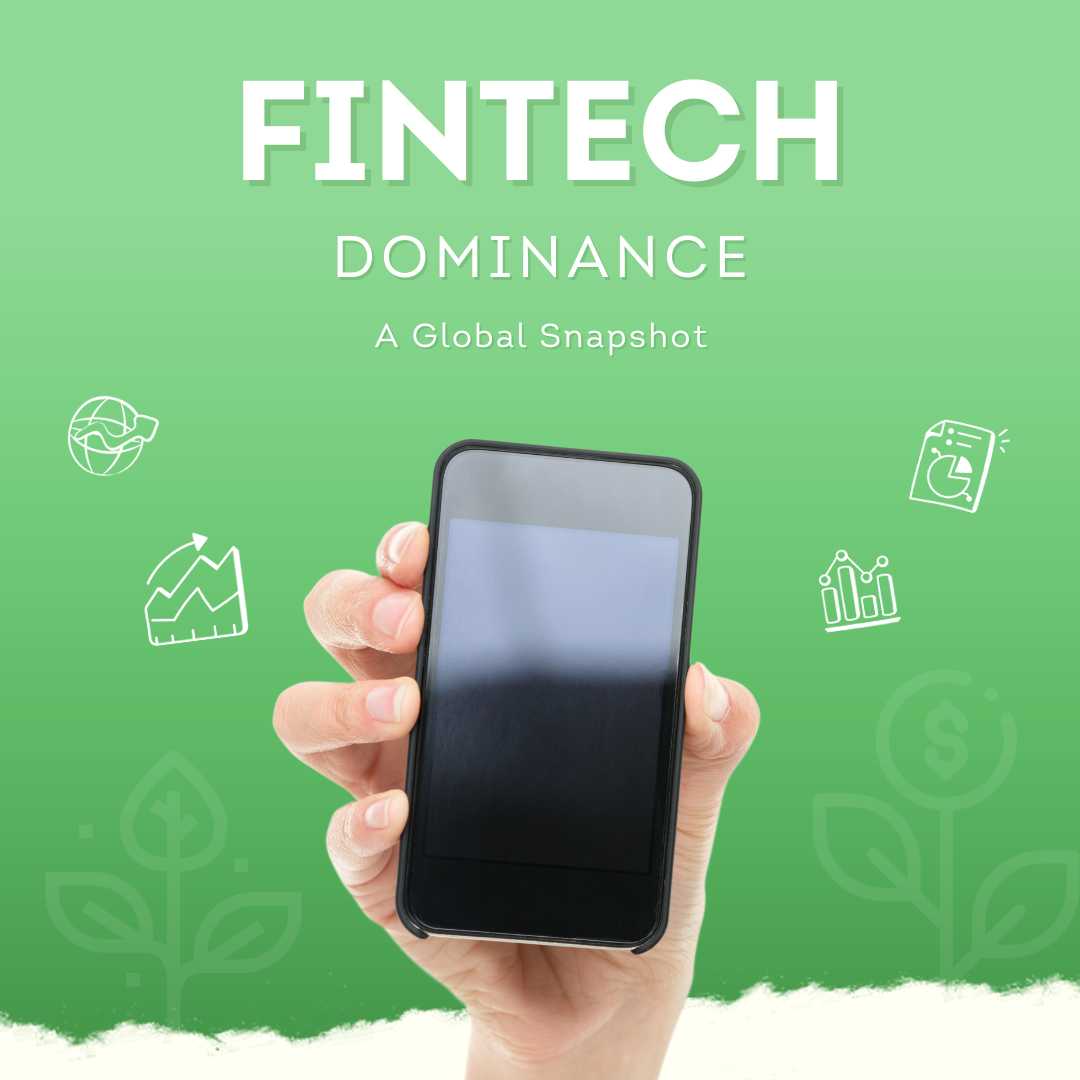Finmo, a fintech startup offering a next-generation treasury management platform, has obtained a coveted Electronic Money Institution (EMI) license from the UK’s Financial Conduct Authority. Announced within the last 24 hours, this regulatory green light allows Finmo to issue electronic money and offer a suite of payment services in Britain – marking a major milestone in its bid to create a global embedded treasury network. With the license in hand, Finmo is positioning the UK as a central hub in its international expansion, aiming to plug a gap for mid-sized companies seeking bank-grade treasury tools with fintech agility.
Table of Contents
ToggleA Regulatory Green Light in a Fintech Hub
Winning UK EMI authorization is no small feat – the process, which requires meeting stringent capital, compliance, and operational standards, often takes startups many months (if not years). Finmo’s approval by the FCA enables it to hold client funds locally in Britain, issue IBANs for customer accounts, and connect directly to core payment rails like Faster Payments and CHAPS. In practical terms, Finmo can now offer UK businesses and fintech partners an array of regulated financial services: multi-currency accounts, domestic and cross-border transfers, FX conversion, and more – all under its own license. This is a significant upgrade from acting as an unregulated tech provider reliant on partner banks for such capabilities.
Importantly, the EMI license could be passportable across the European Economic Area (subject to post-Brexit arrangements), potentially streamlining Finmo’s entry into EU markets down the road. But in the near term, establishing an FCA-regulated presence in London bolsters Finmo’s credibility with corporate clients and partners. The UK remains a global fintech hub, where enterprises demand cutting-edge financial solutions but also place trust in firms that meet local regulatory gold standards. Finmo’s CEO David Hanna noted that securing the license signals “a commitment to serving clients in one of the world’s most advanced financial ecosystems,” reflecting both compliance achievement and market intent.

Within hours of the news, Finmo began rolling out GBP-denominated business accounts and enabling Faster Payments access for its customers in the UK. It is also expanding its UK-based compliance and operations team to support a growing roster of mid-market enterprises and fintech platforms using its treasury software. By holding client balances and executing payments on its own infrastructure, Finmo expects to improve speed and reduce costs for UK users, while generating float revenue and FX spread income that previously would go to partner banks. In essence, the license grants Finmo a degree of vertical integration into financial services, which can enhance both its product and its economics.
The Vision: Embedded Treasury for the Mid-Market
Finmo launched in 2021 with the bold vision of creating an all-in-one Treasury Operating System (TOS) for modern finance teams. Its founding team – alumni of corporate banks and enterprise software – saw that mid-sized companies and tech firms were often cobbling together spreadsheets, bank portals, and point solutions to manage cash and payments across borders. Legacy treasury management systems catered to giant multinationals, while banks offered fragmented services, leaving a swath of growing businesses in a “middle market” lurch. Finmo’s strategy has been to fill this gap by embedding advanced treasury capabilities into one intuitive platform, much like an ERP for cash and liquidity.
Now, with the UK as a strategic operational hub, Finmo is doubling down on this embedded treasury vision. The company follows a hub-and-spoke expansion model, establishing regulatory hubs in key jurisdictions (like the UK, U.S., Singapore, etc.) to serve regional client needs. From these hubs, Finmo can deliver services locally compliant in each region, while offering a unified experience to clients with global operations. For example, a fintech customer can use Finmo to run treasury across multiple subsidiaries – with local accounts in GBP, USD, SGD, etc. – all through one dashboard and API, rather than integrating with different banks in each country. By embedding its infrastructure into clients’ workflows (and even allowing white-label integrations via API), Finmo aims to become the invisible engine powering treasury for a generation of digital-native firms.
The UK EMI license specifically enables deeper embedded finance offerings. Finmo can not only handle back-office treasury for companies, but also help them embed financial services into their own products. For instance, a B2B marketplace could use Finmo’s platform to provide wallet accounts to its vendors, or a SaaS platform could integrate Finmo’s cross-border payments module for its users. With direct access to payment schemes and e-money issuance, Finmo can serve as the regulated conduit in these B2B2C scenarios – a role that would have required partnering with a bank or EMI previously. This opens partnership opportunities; indeed, Finmo hints it will deepen ties with capital market providers for liquidity and FX risk management solutions that can be offered through its platform.
A Data-Driven Treasury Co-Pilot
What truly differentiates Finmo, beyond regulatory bona fides, is its technology stack and data-driven approach to treasury. The platform aggregates real-time data on a company’s cash positions, payments, and exposures across all accounts and currencies. It then provides analytics and AI-driven insights to optimize treasury operations. In fact, Finmo recently launched a conversational AI assistant named “MO AI” built into its system. Much like a ChatGPT for finance teams, MO AI allows CFOs and treasurers to query their global cash positions, analyze payment patterns, or even initiate transactions using natural language commands. By fusing large language model tech with proprietary financial data, Finmo is betting it can deliver unprecedented visibility and control to finance departments.
Consider a mid-sized e-commerce company using Finmo: The finance director can ask, “What was our total USD exposure last quarter and how does it compare to now?” – and MO AI will parse internal data to provide an answer, possibly highlighting risk changes and suggesting a hedging action. Or a controller might say, “Initiate a £500k transfer from our London account to New York for tomorrow”, and the AI can draft that transaction within policy guardrails. This is a leap from the traditionally siloed, manual treasury processes. It also generates valuable data; over time Finmo can benchmark a client’s treasury metrics against peers, identify anomalies (like higher fees or slower collections), and proactively recommend improvements. These data-driven features are decidedly underemphasized in typical coverage, yet they form a key part of Finmo’s value proposition – turning treasury from a reactive, spreadsheet-driven function into a predictive, automated, and strategic arm of the business.
Finmo’s data-centric model extends to partnerships as well. The platform can plug into enterprise resource planning (ERP) systems and accounting software to pull in invoices, reconcile payments, and forecast cash flow. By being the connective tissue between a client’s banks, financial markets, and internal systems, Finmo accumulates a rich dataset. Over time, this could allow the company to offer benchmarking analytics (“How does your days-payable outstanding compare to similar firms?”) or even underwrite credit based on real cash flows – hinting at future Finmo products in financing or working capital optimization.
Scaling Globally – Competition and Outlook
With the UK license secured, Finmo now holds regulatory approvals in six jurisdictions: Singapore (its original base), Australia, New Zealand, Canada, the United States, and the UK. This global footprint in just four years of existence speaks to an aggressive growth plan. Rather than land-and-expand in one region, Finmo chose to meet its clients wherever they operate, acknowledging that today even mid-sized companies have international banking needs (for example, SaaS companies selling globally or supply-chain firms transacting across borders). While ambitious, this strategy also incurs high overhead and compliance complexity – something not all fintechs attempt simultaneously. It has, however, given Finmo a first-mover advantage in the nascent integrated treasury tech space: few startups of its size can boast a truly multi-continent regulatory presence. By the time slower-moving competitors or banks react, Finmo hopes to have entrenched itself with a roster of cross-border operating clients.
That said, the competitive landscape is not empty. In the U.S., players like Kyriba and Trovata offer AI-enhanced treasury software for enterprises, and banks themselves (e.g. JPMorgan’s proprietary systems for corporate clients) loom large. Finmo differentiates by combining software with regulated financial services – effectively blurring the line between a fintech platform and a bank. In Europe, “embedded finance” providers usually focus on consumer or SME services (like Banking-as-a-Service platforms powering fintech apps). Finmo is carving a unique position focusing on embedded treasury for the mid-cap segment and fast-growing tech firms, an area banks often underserve due to high-touch requirements. If it executes well, Finmo could become the go-to partner for any company or fintech that needs sophisticated global treasury functionality without building the bank connections and regulatory structure in-house.
Investors have certainly taken note. Finmo raised an oversubscribed $18.5 million Series A round last year to fuel its product development. That funding has gone into features like MO AI and into obtaining licenses like the one from the FCA. Further funding rounds are likely on the horizon as Finmo scales its customer base and perhaps pursues acquisitions (for example, of niche FX brokers or regional payment processors to augment its capabilities). Its revenue model combines SaaS fees with transaction-based income (FX spreads, payment fees), giving it both recurring and volume-based revenue – an attractive mix if volumes rise.
The broader market trend also favors Finmo: corporate treasury operations are becoming more complex and critical in an era of global supply chains, volatile currencies, and instant payments. Companies that once managed cash with a single domestic bank now juggle multiple currencies, face exchange rate risks, and demand real-time visibility – especially after events like the 2020s pandemic, which highlighted the importance of liquidity management. Finmo’s data-driven, integrated approach is timely, aligning with these pain points. By focusing on what other providers miss – the need for a consumer-grade user experience married to institutional-grade financial infrastructure – Finmo is making headway among finance teams that have long craved a modern solution.
In sum, Finmo’s newly minted UK EMI license is more than a regulatory box ticked; it’s a springboard for the company’s larger strategy to weave treasury functionality into the fabric of global business in a seamless way. As it stands, Finmo is now authorized to move money and manage cash for clients across multiple continents, all through a single tech platform. If the company can execute on its vision, CFOs may soon find that the once-stodgy world of treasury has a powerful new engine under the hood – quietly embedded, highly intelligent, and globally connected.












